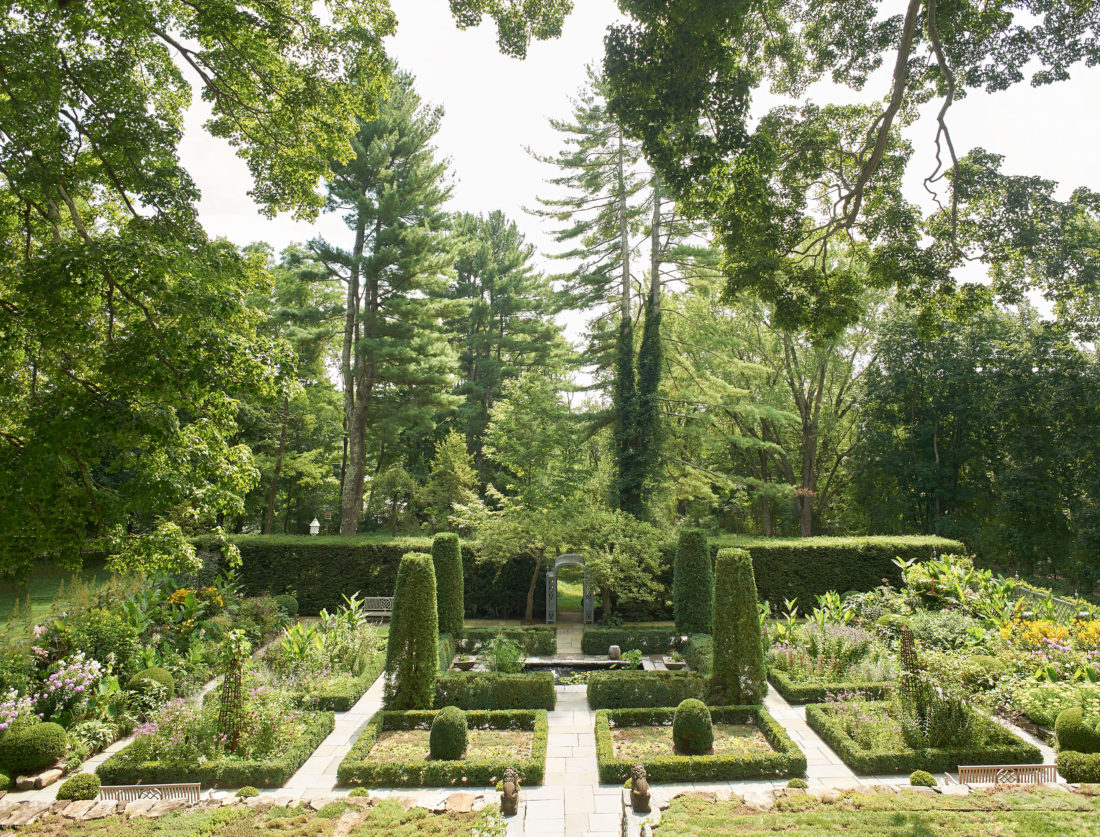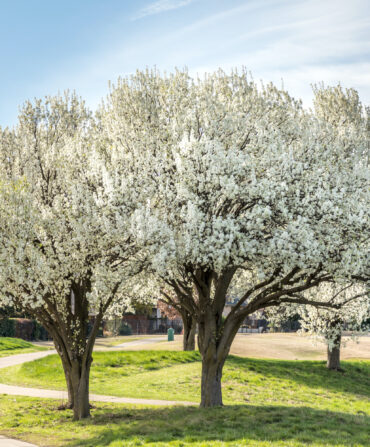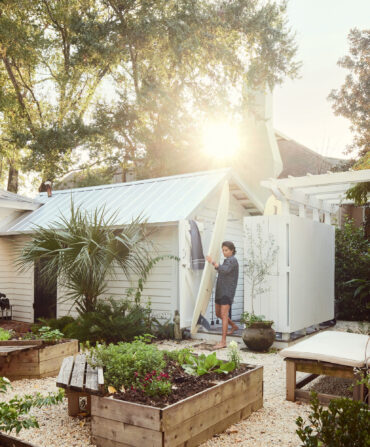As one of the world’s most renowned interior designers, Bunny Williams has dedicated her life to making spaces beautiful and comfortable—indoors with classic and thoughtful room designs and outdoors in the form of elegant gardens. The mostly-self-taught gardener was raised in Virginia, but now tends extensive gardens at her eighteenth-century Federal home in Connecticut, where boxwoods provide structure for the seasonally-changing display.
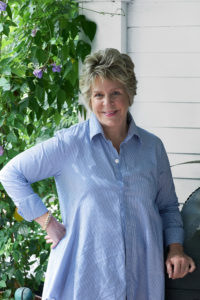
Photo: William Waldron
Bunny Williams at home.
“I had a friend come to my garden just recently, and he told me that this garden is interesting this time of year—things haven’t started blooming quite yet—because the box gives it structure,” Williams says. “In summer there will be flowering plants all around it, and in winter it’s beautiful with the snow on it. Without it, in winter, I’d have nothing. Boxwood makes your garden a year-round garden.”
A slow-growing, evergreen shrub with roughly 90 species, boxwood is most often trimmed into hedges or topiaries, and is an integral part of formal gardens worldwide, made famous primarily in Europe. Here are five of Williams’s tips for mastering boxwoods in your own garden.
1. Learn some boxwood basics. “First of all,” Williams says, “you’ve got to learn what’s hardy for where you live.” For example, classic English boxwood (Buxus sempervirens ‘Suffruticosa’) doesn’t always take to the humidity of the South or the cold of Connecticut; Japanese box, on the other hand, is likely to thrive in both areas and is particularly well suited to the Deep South. “English is perfect for great big boxwoods—I wish I could use it, but I just can’t.”
2. Choose your cultivar. The American Boxwood Society cites 365 boxwood cultivars that grow into various shapes, colors, and sizes. Williams’s best advice: “The cultivar you use should depend on the size you want your plant to be.” In the South, Baby Gem, a cultivar of Japanese box, has become popular in recent years for its hardiness and mimicry of dwarf English box. For larger plants, opt for Winter Gem.
3. Think about the shape. “One great use is for your perennial or vegetable garden to be enclosed with box to make what I call a room,” Williams says. She likes to work out parterre shapes on paper before implementing them in her garden. “Some people like circles, some people do scrolls,” she says. “I mostly do squares and diamonds that allow me to plant inside them.” And don’t be afraid to avoid the parterre altogether for classic hedges or potted bushes, she advises. “Not all box needs to be planted in the ground.”
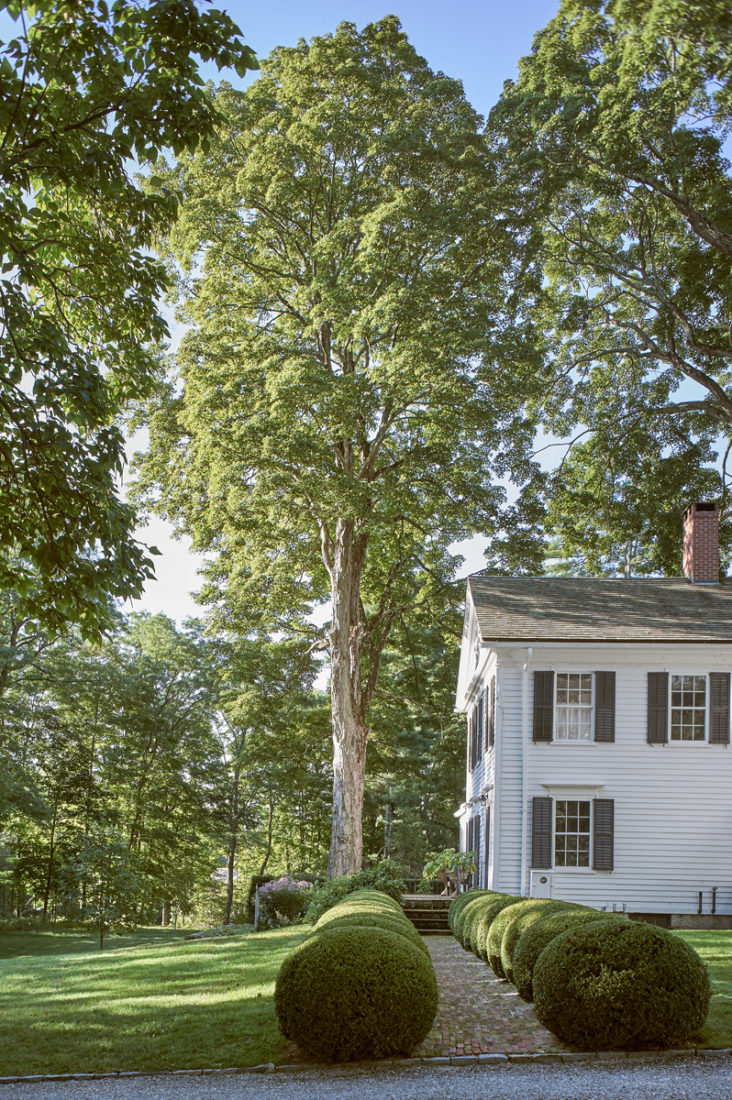
Photo: William Waldron
Boxwood balls lining the walkway to Williams’s home.
4. Consider the house. Williams takes the entire property into consideration when planning her garden. “Of course, you can’t just put a parterre in the middle of your yard. The placement of your boxwood should work with your house,” she says. “For example, my walkway to my door is lined with big box balls. It makes the pathway more exciting.”
5. Maintain it. Like most plants, boxwoods need to be looked after carefully. “Box needs clipping—even the big ones,” Williams says. “If you keep them in shape, they’re not going to get leggy. Be sure to cut spaces in it to get light to the bottom.” Although Williams now knows enough to trim her boxwoods herself, she has too many. “Henry does it. He’s an expert, and he told me once I was doing it incorrectly,” she laughs. Which leads to perhaps the best advice: “Work with someone who knows what they’re doing,” Williams says, “and learn from them.”


